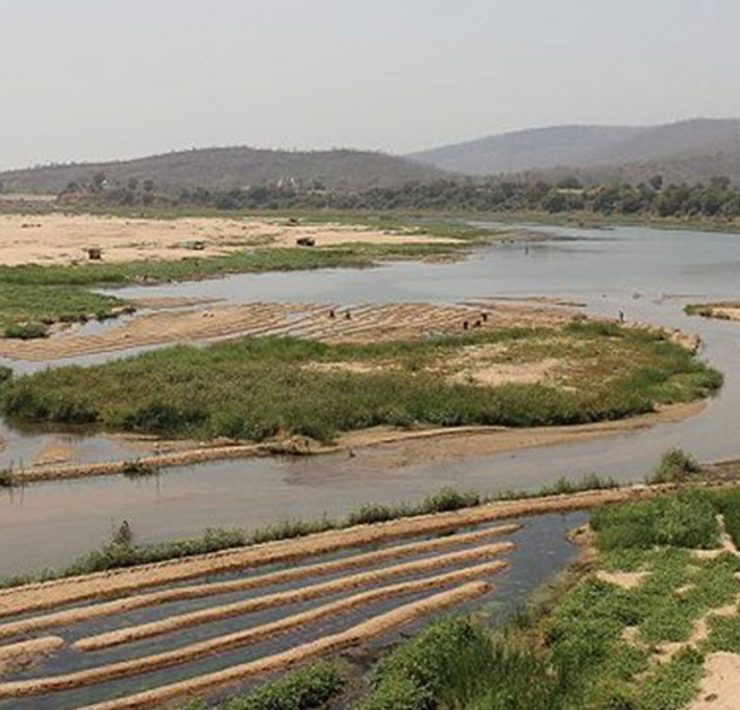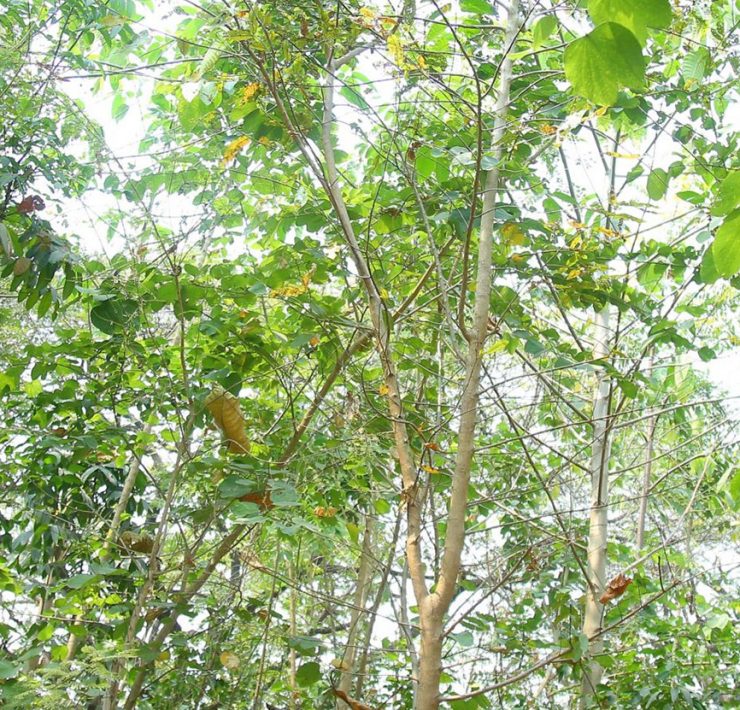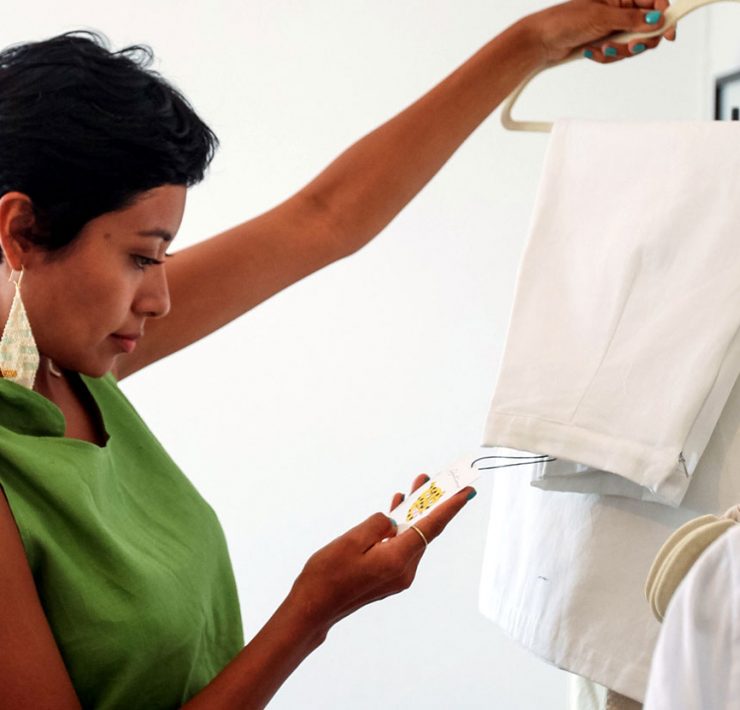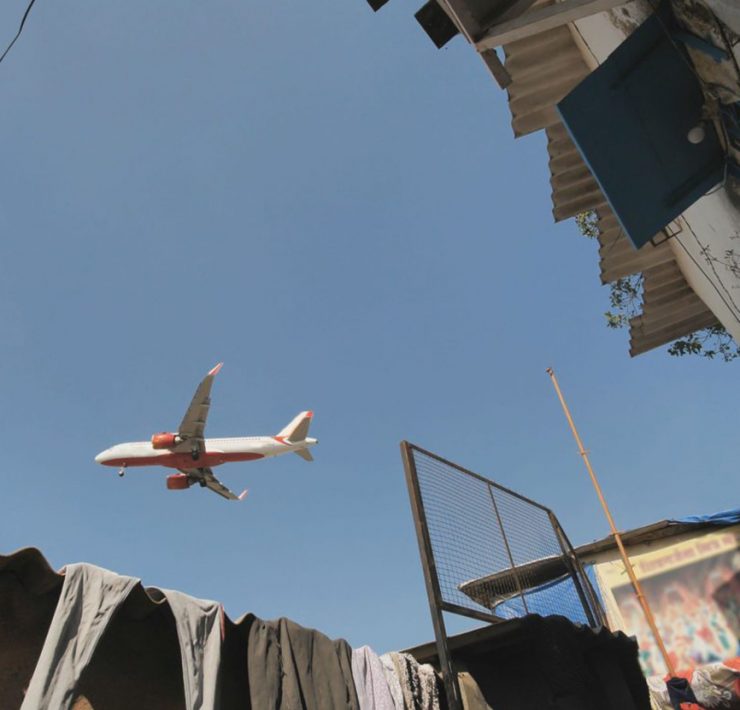Plastic waste from post Amphan relief material could add to pollution in Sundarbans
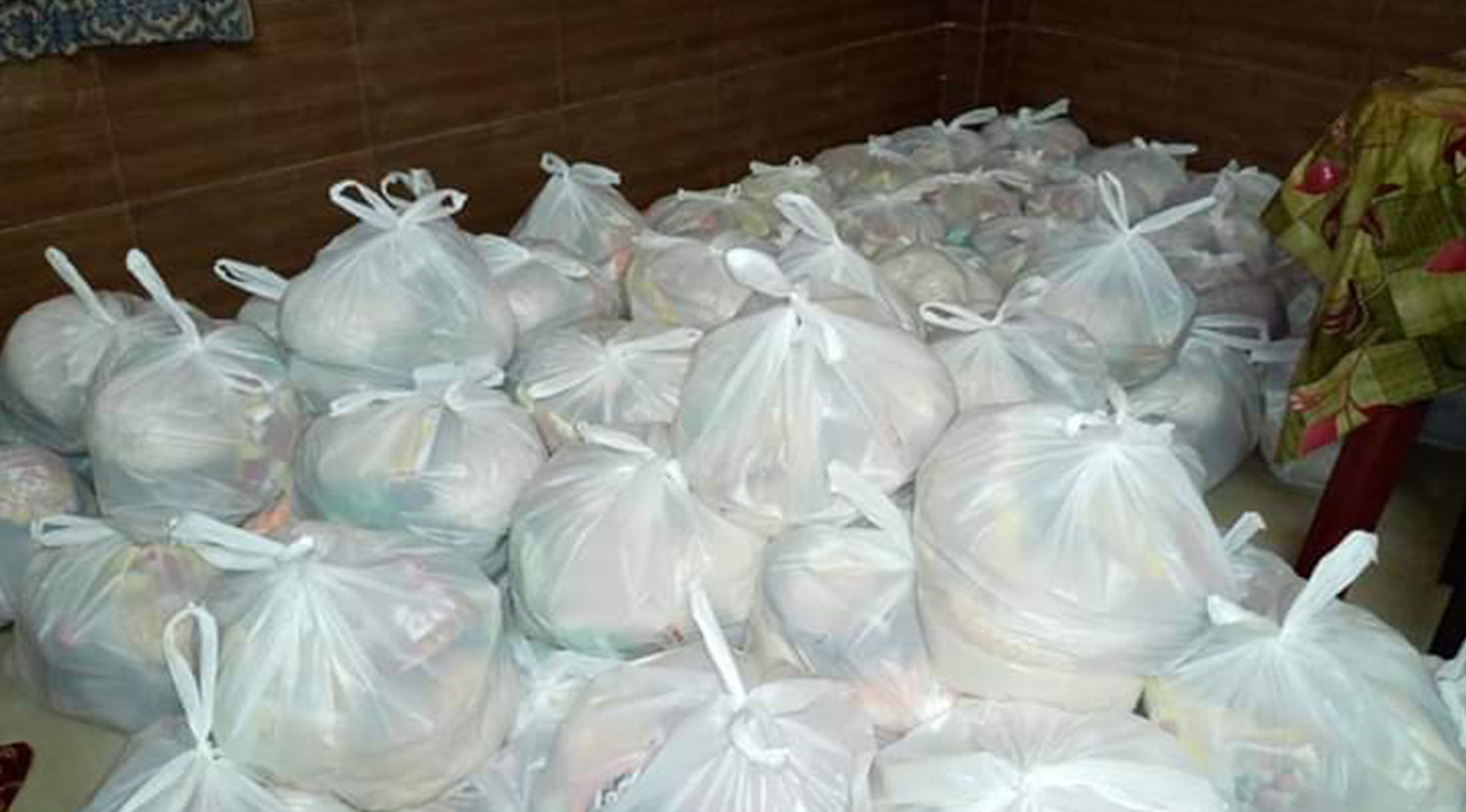
- Distribution of relief material in the Sundarbans, post cyclone Amphan that hit the east coast in May, has brought in tonnes of plastic packaging, which is banned in the region.
- Environmentalists fear that mindless use and disposal of plastic material could pose as a threat to the flora and fauna of Sundarbans.
- Officials claim that much of the plastic pollution is caused by irresponsible discarding of waste in Kolkata, which flows to the Sundarbans.
Plastic waste associated with relief material, used in the aftermath of Cyclone Amphan in the Sundarbans, could cause damage to the eco-sensitive region, say environmentalists.
In June, following the Cyclone Amphan, one of the worst cyclones to hit the east coast, the West Bengal state government along with non-profits and volunteers were busy with relief activities in the Sundarbans region. Thousands of tons of dry ration kits loaded in four-wheelers and boats were supplied in the worst hit areas of Sundarbans along with community kitchen set-up to offer meals to the locals, many of whom had lost everything.
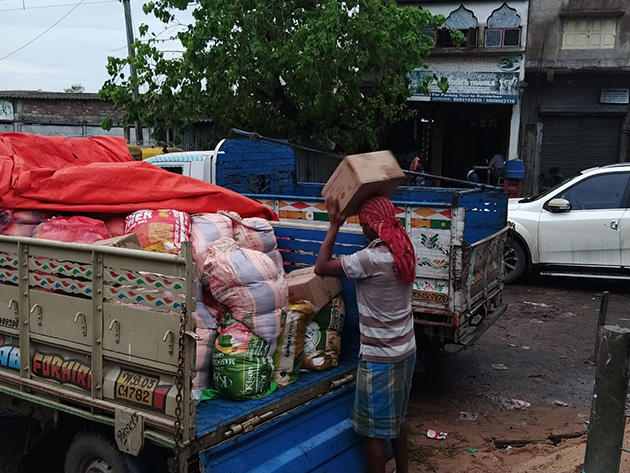
Environmentalists fear that the delivery of dry ration kits in polythene bags and water pouches, which, when discarded irresponsibly could be harmful to the fragile Sundarbans.
“We have done a preliminary survey that reveals around 26 metric tonnes of plastic have already entered Sundarbans post the cyclone. Several non-profits, local clubs and individuals have made a beeline to provide relief material to the people. The dry ration kits for 5-6 families are being supplied in plastic bags weighing around 9 kilograms despite Sundarbans being a Ramsar site and a blanket ban on the use of plastic. Truck loads of plastic is being brought every day putting its natural vegetation to high risk,” said Sourav Mukherjee, director of Kolkata Society for Cultural Heritage, a non-profit working to provide alternative livelihood to locals in Sundarbans.
Senior forest officials, however, ruled out the relief material packed in plastic as the sole cause of worry for the people of Sundarbans, “It would not be correct to blame the relief material alone for the plastic and environment issues because plastic being dumped here is minimal as compared to Kolkata. The masks and plastics being dumped into the Ganges have been flowing into Sundarbans. We have distributed relief material in biodegradable items and people are also being advised to do the same. But it is difficult to convince them,” pointed out Santhosha G.R., the Divisional Forest Officer (DFO) of South 24 Parganas.
Plastics previously found in fish gut
Experts say that the mindless use and disposal of plastic could put aquatic life and aquaculture in danger. “The microplastics in Sundarbans is increasing quite fast. It is not just the plastic waste from relief material but there are other issues as well. Synthetic bags filled with mud and stones are used to protect the embankments but those bags are getting degraded and forming micro plastic within 2-3 years,” said Dr. Punarbasu Chaudhuri, assistant professor, department of environmental science, University of Calcutta.
“We have also found micro plastics in the gut of six fish species during our research. The respiration of mangroves could also get affected as they are very vulnerable to micro plastics. The other fauna like molluscs have high risk of toxicity from micro plastic. Polymer from theromocol plates are another threat to aquatic life. We have also found fibre of gunny bags in fish intestine.”
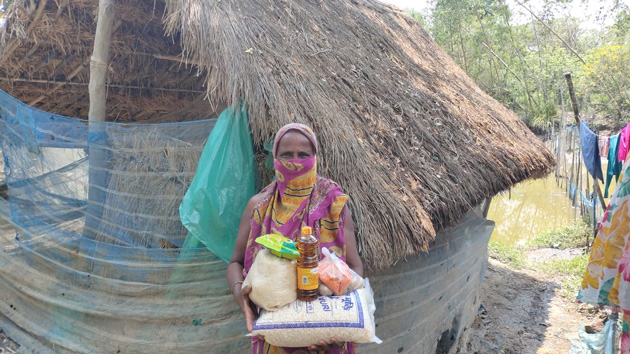
“Most of the non-profits carrying relief materials are dumping water pouches on the jetties thinking that people would pick them up. But the plastic pouches are filled with chlorine water which is unfit for drinking. People are throwing them back into the water which is then flowing into the sea. The plastic is also getting entangled in the propellers of the boat causing a problem in their movement. Another menace is plastic bottles strewn everywhere by tourists,” pointed out Tuhin Ghosh, director, department of Oceanography at Jadavpur University.
“There is a designated place for dumping plastic waste in Godkhali at Gosaba but rarely is it used. The burning of plastic leads to emission of toxic gases while the plastic dumped into water causes eutrophication resulting in the reduction of oxygen level in the water. As a result fish and other aquatic life stand at the risk of getting lost,” he said.
Locals say they have no alternative but to accept plastic
Locals in Sundarbans, however, said that they have no alternative but to accept whatever is being offered to them, “We have lost everything to the cyclone. Our houses and livelihood have gone. We have read in newspapers and seen on television channels about the harmfulness of using plastic but we have to accept the dry ration kits being provided by the non-profits and administration as our children our starving for food. The saline water in the fields have already destroyed the shrimp farming on which our livelihood was depended,” said Kanchan Howly, a resident of Tiapara village at Hasnabad block 1 in Sundarbans that has been completely submerged in water.
Environmentalists also blame the plastic waste for the clogging of river channels in Sundarbans, “Several embankments have collapsed due to the cyclone and saline water has entered into the agricultural fields. Villages continue to remain submerged in water even a month after cyclone because the river channels are clogged with plastic blocking the flow of water. As a result, people continue to survive in pathetic circumstances without any drop in water level,” said Somendra Mohan Ghosh, a Kolkata based environmentalist.
Some organisations are proactively avoiding plastic by distributing relief material in jute bags. “We fully understand the threat to nature by plastic waste and have been using jute bags to distribute the relief material. We have so far distributed rations to around 150 families in 10 kgs of jute bags,” said Ronit Basu, co-founder of A Little Contribution, a student based organisation based in Kolkata.
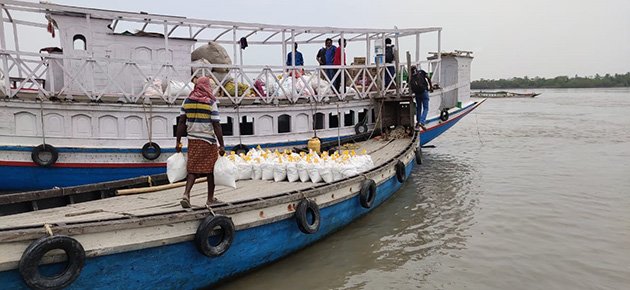
This article first appeared on Mongabay.


